We’ve been misled. We’re taught that Gregor Mendel’s pea-crossing experiments provide a timelessly excellent foundation for genetics. Yet in the early twentieth century those experiments were heavily criticized for neglecting the role of environments in shaping hereditary characters. But, as Gregory Radick shows, those criticisms failed to carry the day – not because they were defeated in reasoned, evidence-based debate, but because of mere historical accident. As a result, the mistaken idea that genes determine character traits was allowed to persist.
In the year 1900, biology finally caught up with Gregor Mendel. Back in 1865, Mendel had reported the results of crossbreeding experiments done in the garden of his monastery in Brünn (now Brno, in Czechia). Working at unprecedented scale and taking painstaking care, he crossed yellow-seeded pea plants with green-seeded ones, round-seeded varieties with wrinkled-seeded ones, and so on, tracking seven binary character pairs in multiple combinations through several generations. To explain the patterns he found, Mendel offered a brilliant hypothesis: underlying the visible characters are invisible factors which, like the characters themselves, don’t blend into each other but retain their original identities.
Yet far from celebrating this discovery of the gene – heredity’s fundamental particle – Mendel’s contemporaries responded with polite yawns, and he died in 1884 in relative obscurity. Sixteen years later, however, three European botanists independently rediscovered his patterns and explanations, bringing belated recognition to Mendel and soon launching the modern science of heredity, first known as “Mendelism,” then as “genetics.”
___
If all you know about the early history of genetics is the textbook rendition of it, you’ll have little motive for querying the Mendelian framing
___
Over the last century, versions of the above became standard fare in biology textbooks the world over. In keeping with this origins story, moreover, instruction in genetics has typically begun by introducing students to Mendel’s pea experiments. The history lesson might appear to be unconnected from the scientific lesson except as a bit of human interest to engage the students. In fact, it serves a subtle pedagogical function, by helping to make Mendel’s experiments look self-evidently appropriate as a starting point for learning about heredity. After all, if the science you’re about to study began when it did only because biologists were so slow to grasp the significance of Mendel’s work, then understanding that work yourself – and so beginning at the Beginning – seems entirely fitting. And indeed, if all you know about the early history of genetics is the textbook rendition of it, you’ll have little motive for querying the Mendelian framing. You’ll have accepted it as a frame for all your future knowledge in the subject. Furthermore, that incuriosity will remain intact even after you learn – for the textbooks make no secret of it – that most of the characters in most organisms most of the time little resemble the characters in Mendel’s peas.
At the Mendel Museum in Brno, for example, near the end of a superb exhibition on genetics from Mendel to the present, a panel notes – in the spirit of fine print at the bottom of an insurance policy – some limitations in the foregoing. One is that, with “the vast majority” of characters, more than a single gene is involved, “which makes their heredity a very complicated matter.” Another is that the environment can bear too – a point illustrated via another of Mendel’s pea-plant characters, tallness versus shortness:







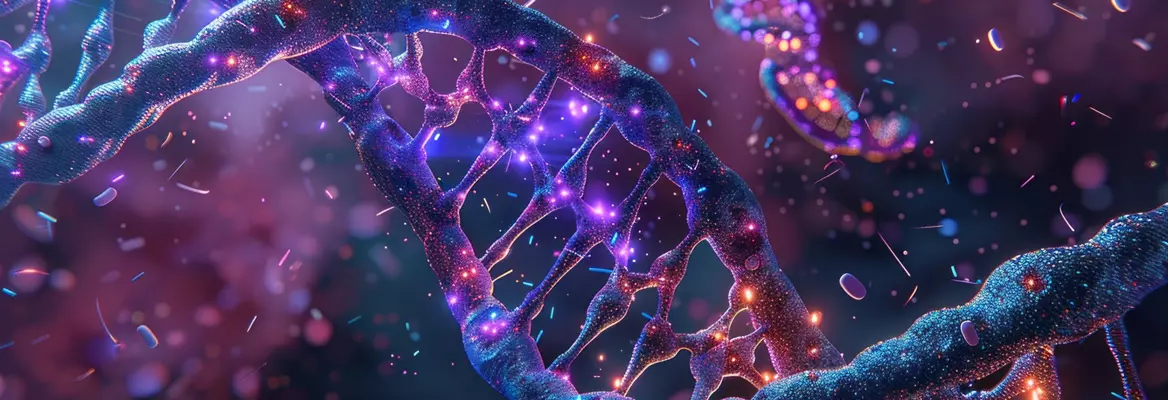



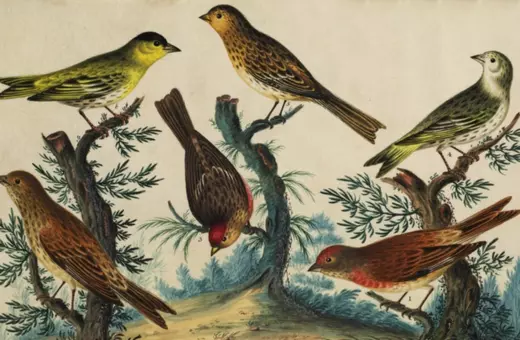



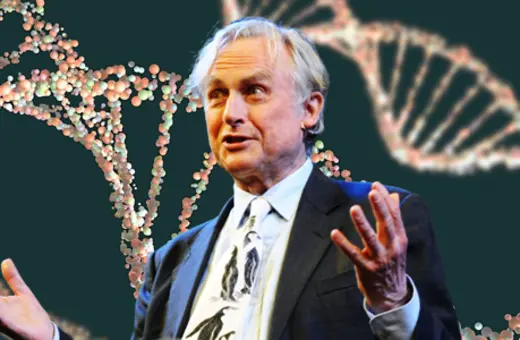
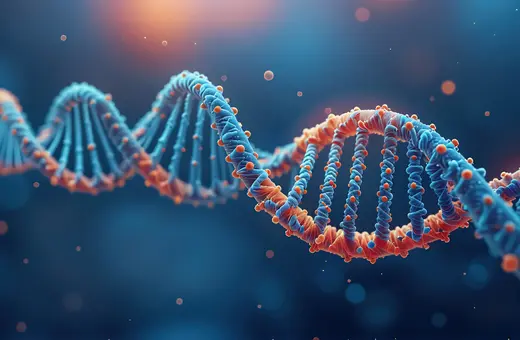
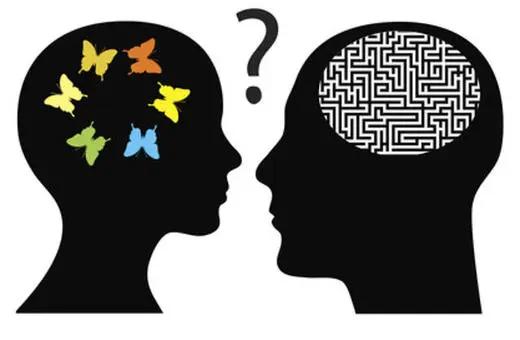



Join the conversation